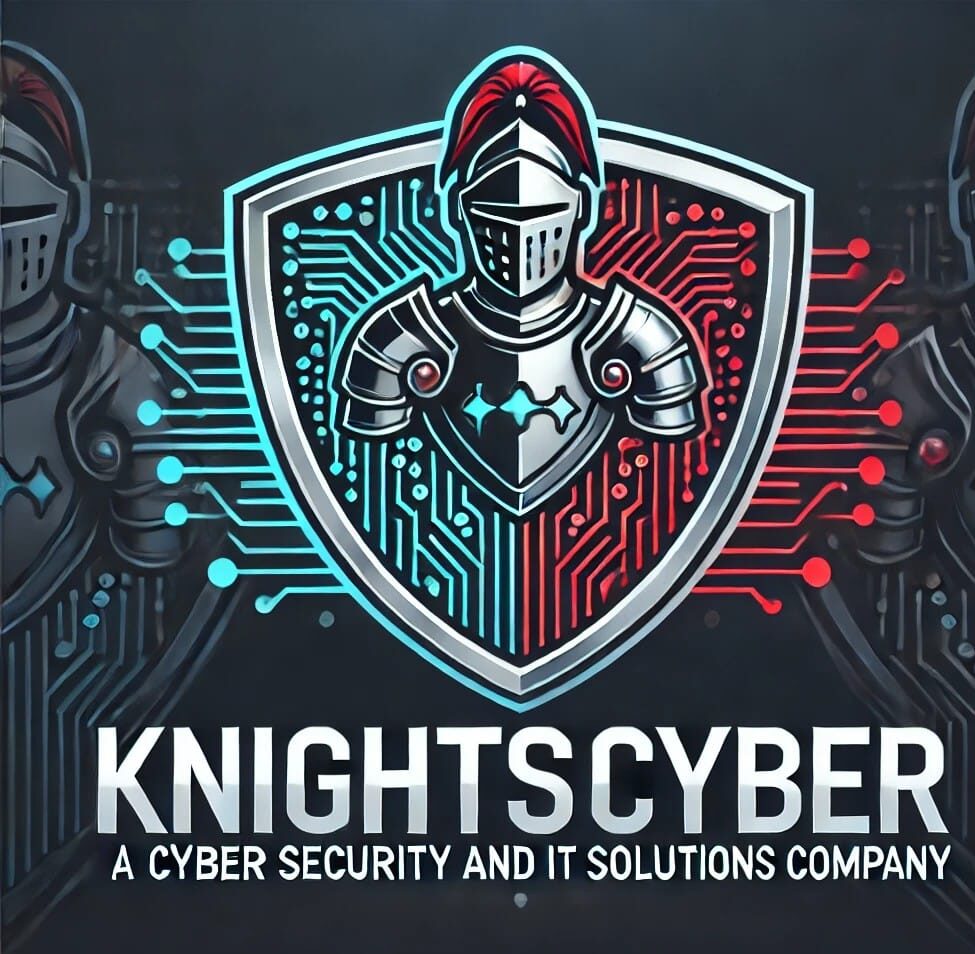Enhancing Cybersecurity with AI and Information Sharing at Energy Department
CyberSecurity
Enhancing Cybersecurity with AI and Information Sharing at Energy Department
In an era where the importance of robust cybersecurity cannot be overstated, the Department of Energy (DOE) is pioneering a forward-looking approach to safeguard its digital infrastructure. The implementation of both advanced artificial intelligence (AI) and improved information sharing mechanisms forms the cornerstone of this effort. As the digital landscape continues to evolve, these initiatives are crucial for protecting sensitive information and maintaining operational integrity.
Understanding the Federated Enterprise Cybersecurity Framework
The DOE’s strategy rests heavily on the federated enterprise cybersecurity framework. This approach integrates diverse cybersecurity elements into a seamless, cohesive system, facilitating enhanced collaboration and rapid response. The framework aims to bridge the various cybersecurity efforts across the department’s numerous branches, ensuring comprehensive coverage and a unified defense strategy.
Key Components of the Federated Framework
- Centralized Oversight: A unified command center to monitor, analyze, and respond to threats swiftly.
- Inter-departmental Collaboration: Encouraging different branches to share intelligence and align their cybersecurity measures.
- Scalability and Flexibility: Designed to adapt to evolving threats without compromising enterprise integrity.
Harnessing the Power of Artificial Intelligence
AI is playing an increasingly crucial role in fortifying cybersecurity defenses. At the DOE, AI-powered solutions are being leveraged to predict, identify, and neutralize cybersecurity threats faster and more accurately than traditional methods. Here’s how AI is enhancing the DOE’s cybersecurity posture:
Benefits of AI in Cybersecurity
- Real-time Threat Detection: AI algorithms can continuously monitor network activity, identifying anomalies indicative of a security breach.
- Predictive Analytics: By analyzing vast amounts of data, AI can predict potential vulnerabilities before they are exploited by cybercriminals.
- Automated Response: AI can automate the response to threats, reducing the response time and allowing cybersecurity personnel to focus on strategic planning.
Prioritizing Information Sharing
Information sharing is a pivotal element of the DOE’s cybersecurity strategy. By promoting transparency and collaboration, the department aims to build a robust defense mechanism against cyber threats. This initiative recognizes that isolated efforts are often insufficient to counter sophisticated attacks targeting governmental infrastructure.
Strategies for Effective Information Sharing
- Cross-Departmental Data Exchange: Facilitating secure channels for different departments to share threat intelligence and cybersecurity insights.
- Industry Collaboration: Engaging with private sector and academic institutions to gain a broader perspective on emerging cyber threats.
- Global Partnerships: Collaborating with international allies to leverage shared resources and intelligence on global cyber threats.
Challenges and Future Prospects
While the DOE is making significant strides in enhancing its cybersecurity framework, several challenges remain. The rapid pace of technological advancement means that cyber threats are continuously evolving, necessitating constant updates to security protocols. Furthermore, the integration of AI and robust information sharing mechanisms requires significant investment in technology and training personnel to manage and operate these systems effectively.
Overcoming Challenges
- Continuous Training: Implementing regular training sessions for employees to stay abreast of the latest cybersecurity practices and technologies.
- Investment in Infrastructure: Ensuring sufficient budget allocation for maintaining and advancing cybersecurity infrastructure.
- Policy Development: Crafting comprehensive policies that support the seamless integration of AI and information sharing while protecting sensitive data.
Looking forward, the DOE’s initiatives to integrate AI and promote information sharing set a precedent for other governmental departments aiming to bolster their cybersecurity defenses. As these technologies and strategies mature, they promise to provide a more proactive and dynamic approach to cybersecurity, safeguarding national security interests in an increasingly digital world.
Conclusion
The Department of Energy’s commitment to enhancing its cybersecurity framework through the integration of AI and prioritization of information sharing embodies a comprehensive and forward-thinking approach. As these initiatives continue to develop, other organizations can learn from and adopt similar strategies to protect their digital infrastructures. With the right investment, training, and policies, the DOE is set to remain a leader in the realm of cybersecurity, paving the way for a more secure digital future.
